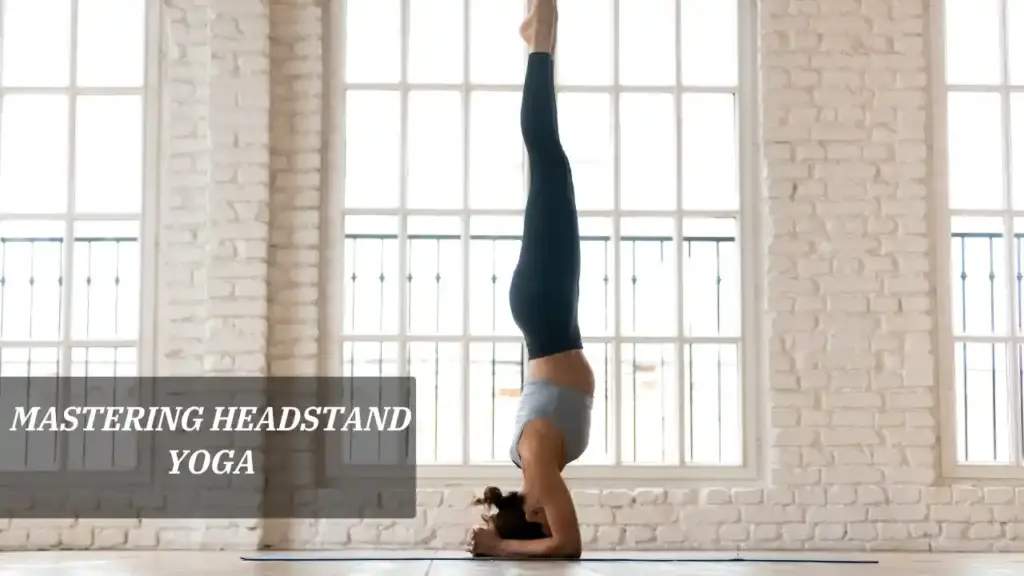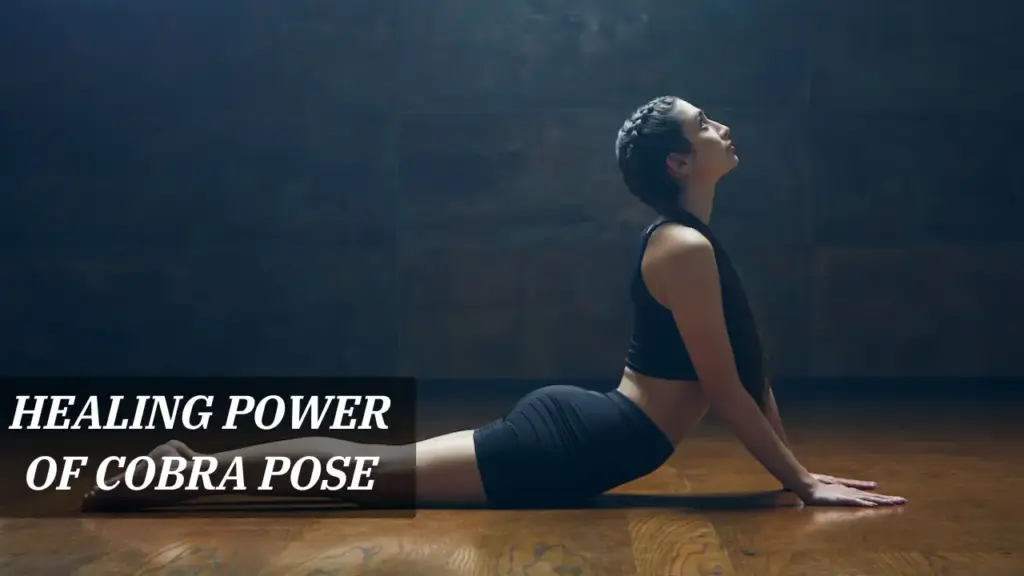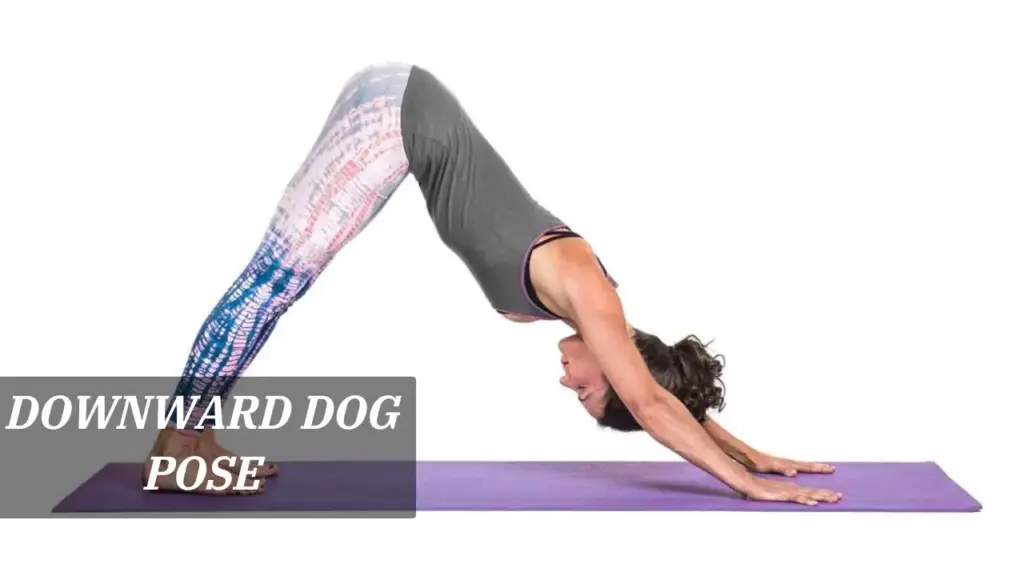The Headstand, or Sirsasana, is often considered the king of yoga poses for its ability to enhance focus, improve circulation, and strengthen the core. While the pose might appear intimidating, practicing it with a focus on alignment and safety can unlock numerous benefits. Headstands require a blend of strength, balance, and patience, making it essential to build a solid foundation before attempting the full inversion. For those who are ready to challenge themselves, learning Headstand in a safe and controlled way can transform not only your practice but also your self-confidence.
In this article, you’ll find everything you need to know about practicing Headstand safely. We’ll guide you through preparatory steps, essential alignment cues, and strengthening exercises to support your inversion journey. With these insights, you’ll gain the tools and knowledge to approach Headstand confidently, ensuring a safe and empowering practice.
Preparing for Headstand: Building Core and Shoulder Strength
Before attempting Headstand, it’s crucial to develop strength in the core, shoulders, and upper back. Begin with foundational poses such as Plank and Dolphin Pose. Plank strengthens the core and shoulders, creating the stability needed for a controlled inversion. Dolphin Pose, with the forearms on the mat and hips lifted, closely resembles the Headstand’s foundation, helping you become comfortable with weight on your arms and shoulders.
These preparatory poses also build body awareness, a key component in achieving balance. Practicing them regularly will provide the strength and stability necessary for a safe and steady Headstand.
Aligning for Balance: Hand and Head Placement
The correct hand and head placement are essential for maintaining stability in Headstand. Start by kneeling on the mat and interlacing your fingers, forming a triangular base with your forearms. Place the crown of your head on the mat, and cradle the back of your head with your hands. This positioning reduces pressure on the neck and ensures that your forearms bear most of your body weight.
As you lift your hips, walk your feet in towards your body. The goal is to bring your hips over your shoulders while keeping your core engaged. This positioning aligns your body vertically, making it easier to lift your legs without straining.
Lifting Safely: Engaging Core and Finding Control
When you’re ready to lift into Headstand, engage your core to control the movement. Begin by bending one knee and then the other, bringing your knees toward your chest. This helps you maintain control as you lift, rather than relying on momentum. Once balanced, slowly extend your legs upwards, keeping your core tight and focusing on staying aligned.
Avoid rushing the pose. Instead, take deep breaths, allowing yourself to find stability at each stage. Building up gradually is the key to staying safe and avoiding injuries.
Using the Wall for Support: Building Confidence and Strength
For those new to Headstand, practicing against a wall can offer additional support and confidence. Begin by positioning yourself a few inches away from the wall, following the same setup steps. As you lift your legs, let them rest gently against the wall. This gives you time to adjust your balance and build strength without the fear of falling backward.
Practicing Headstand with the wall as a guide helps you understand the alignment and balance required. Over time, you’ll develop the confidence to try the pose away from the wall.
Incorporating these steps into your practice will help you build strength, stability, and confidence in Headstand. With patience and consistency, Headstand can become a powerful addition to your yoga routine, offering both physical and mental benefits as you master the art of inversion.


